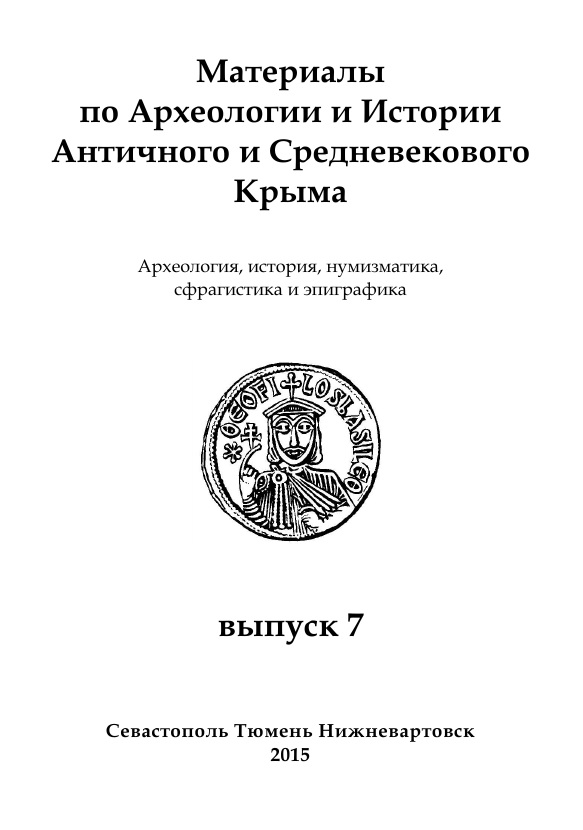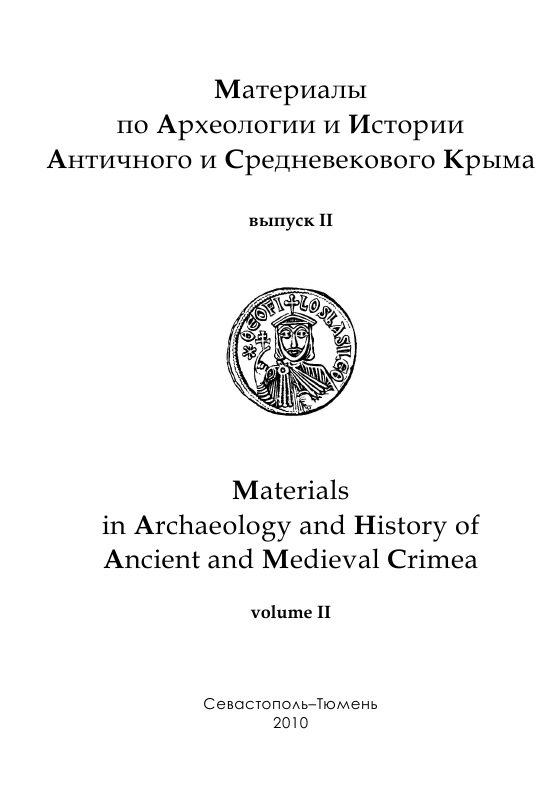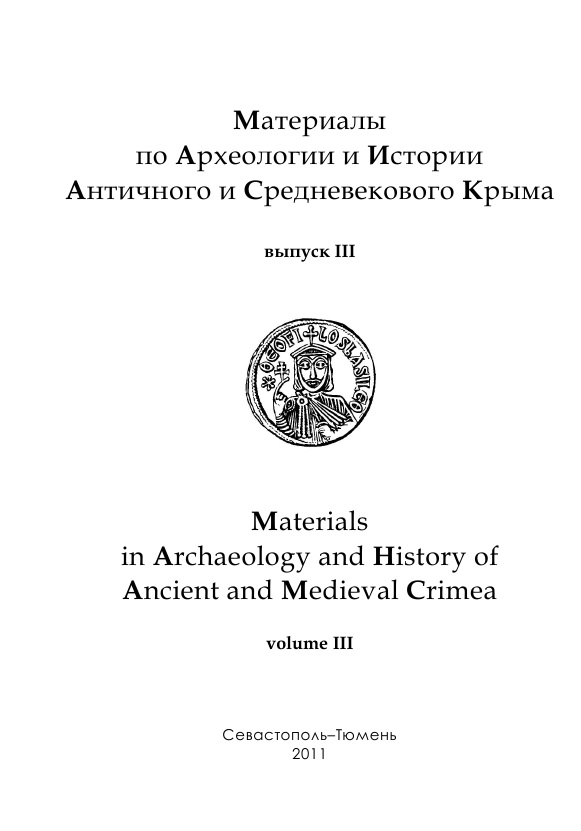
Who was protopolit Zoilus from Cherson?
Кем был протополит Зоил Херсонский?
Keywords: Byzantine; history; protopolit; Cherson; organisation of urban self-administration
Despite centuries of research, the history of Byzantine Taurica still has not been studied fully. So, there is still debate about the meaning of terms denoting positions. For example, until now it believed that protopolit Zoilus from Сherson was a high-ranking member of the city government. But we do not think so. We conducted a study to prove that this term is used almost exclusively in the eastern Mediterranean, where, in fact, it happens. Based on this, we conclude that Zoilus was not a senior member of the municipal government. Most likely, he was the leader of the local Jewish community or Syrian. We are carrying out our findings to the scientific discussion.
More...

